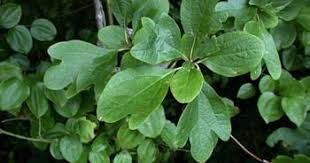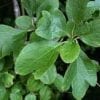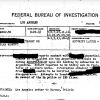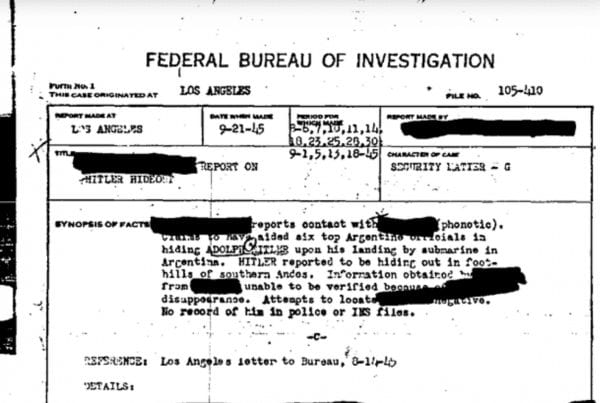The other day I decided to take a few hours to do some “spring cleaning” around our property. Some of our garden beds needed tending to, so I dug into those. As I was progressing, I noticed there were some new shoots sprouting up, almost looked like small/young trees – but I wasn’t quite sure. I was about to rip them out when something moved me to pause, and instead explore what these were.
I looked around the immediate vicinity to see if I could match the leaves of these saplings to something that was established. Nadda. I then thought “well, it’s possible a bird ate some berry, flew over, dropped a bomb, and here we are.” Plausible, but also – wasn’t convinced this was the case.
Looking at the shape of the leaves, I searched online and in few field books that I had handy. What I stumbled upon was this:
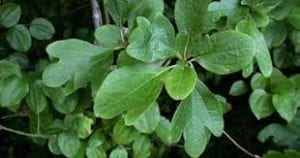
SASSAFRAS!
I was kind of shocked. Here, in the wild…a rogue (well, 5 shoots) of sassafras kicking up. I had NO idea what sassafras looked like, let alone that it grew like this (it has some pretty distinct and unique leaves). Taking a pinch of a stem/leave and chewing on it confirmed…an aromatic, sweet, familiar flavor.
What flavor might that be you ask?
Well…Sassparila…or more commonly known as, Root Beer.
That’s right folks – here, growing in the wild, is the tree whose roots had been used for ages in making well, one of my favorite childhood treats – root beer.
Of course, being now a bit older, with an unlimited stream of information at my disposal (Thanks internet) – I began to read up more about this tree.
“Early European colonists reported that the plant was called winauk by Native Americans in Delaware and Virginia and pauane by the Timucua. Native Americans distinguished between white sassafras and red sassafras, which terms referred to the same plant but to different parts of the plant with distinct colors and uses. Sassafras was known as fennel wood (German Fenchelholz) due to its distinctive aroma”
The leaves, bark, twigs, stems, and fruits are eaten by birds and mammals in small quantities. For most animals, sassafras is not consumed in large enough quantities, although it is an important deer food in some areas
All parts of sassafras plants, including roots, stems, twig leaves, bark, flowers, and fruit, have been used for culinary, medicinal, and aromatic purposes, both in areas where they are endemic and in areas where they were imported, such as Europe. The wood of sassafras trees has been used as a material for building ships and furniture in China, Europe, and the United States, and sassafras played an important role in the history of the European colonization of the American continent in the 16th and 17th centuries. Sassafras twigs have been used as toothbrushes or fire starters.
Here is where things get interesting for me.
So you have a tree. Pretty rapid growing. Pretty useful (from leaves, bark, meat, and roots) in a MULTITUDE of applications. From tinctures, extracts, ship-building, health, etc. Heck, even dental care – fresh breath.
Then, I found this. Apparently, all Root Beer – is artificial now. That’s right, there is ZERO sassafras in the stuff you might drink, at least in the USA. WHY?!!
Sassafras is no longer used in commercially produced root beer since sassafras oil was banned for use in commercially mass-produced foods and drugs by the FDA in 1960 due to health concerns about the carcinogenicity of safrole, a major constituent of sassafras oil, in animal studies.
So let me get this straight. Sassafras was banned in the 60’s over some “carcinogenic” potentials of safrole…which is a major part of the oil found in the tree.
Something didn’t add up to me. My gut said something is off. Don’t buy that narrative. That’s another topic for another time. Let alone do I trust 1960’s research and studies.
So I kept digging.
Well, guess what folks. Guess what Saffrole is the precursor to. MDMA. Or better known as “E”. Yup. Maybe THAT is why pure form MDMA is referred to as sassafras in the “drug” realms.
Just throwing this out here: Why would a tree that was used (all parts), its extracts be HEAVILY regulated, and even BANNED by the FDA? Yeah…you cannot legally use sassafrass in any consumable. What was once used in a VARIETY of ways….
My spidey senses, of course, go to this tree posed too much of a threat, had too much application, had too much to offer.
Sound familiar? What other natural product (cough cough hemp) was demonized for decades, and only now is seeing the daylight of how useful it really is?
Maybe we all should really take a year or two, and listen to the wisdom of the keepers of the forests, of the earth, as to just how powerful and useful, plants, nature, really is. Or maybe go out and explore, question, and take a small bite of the flora around us, and see just how powerful our own questioning, and exploration, can be.

